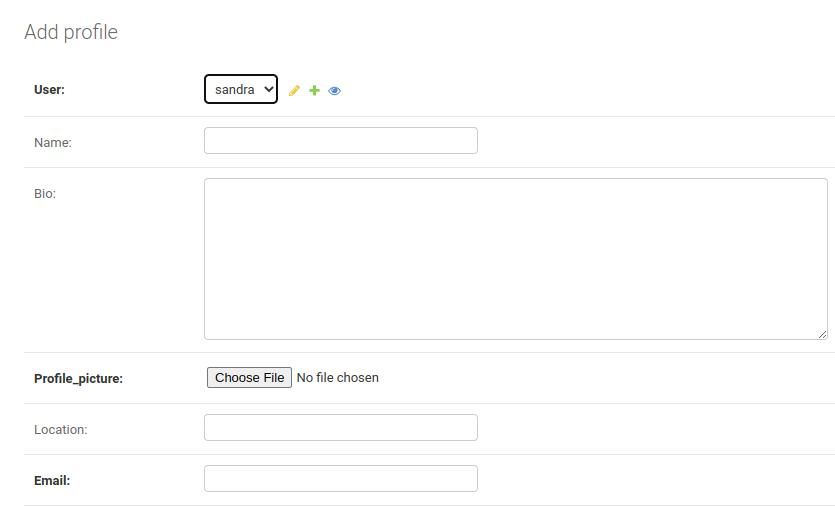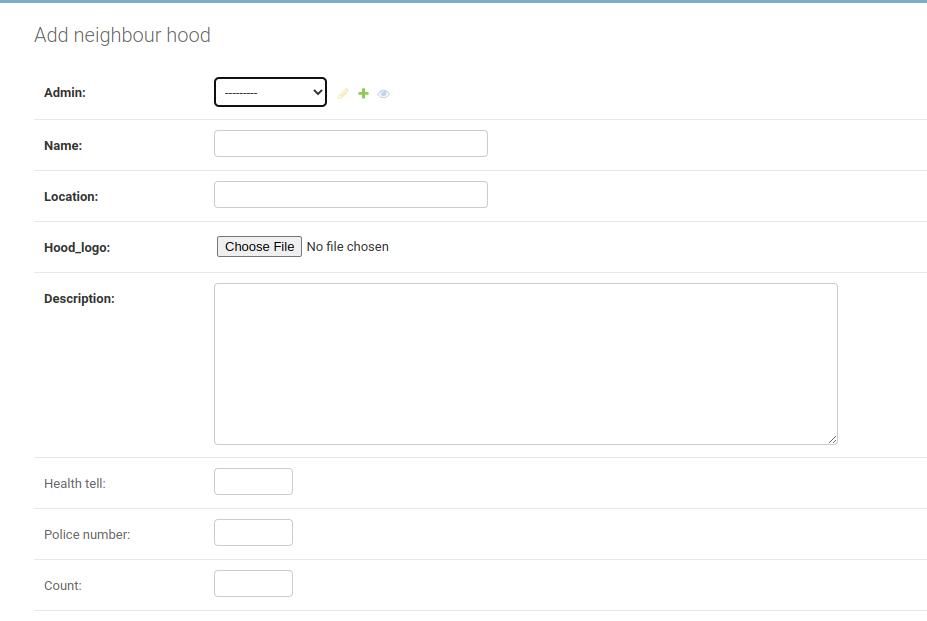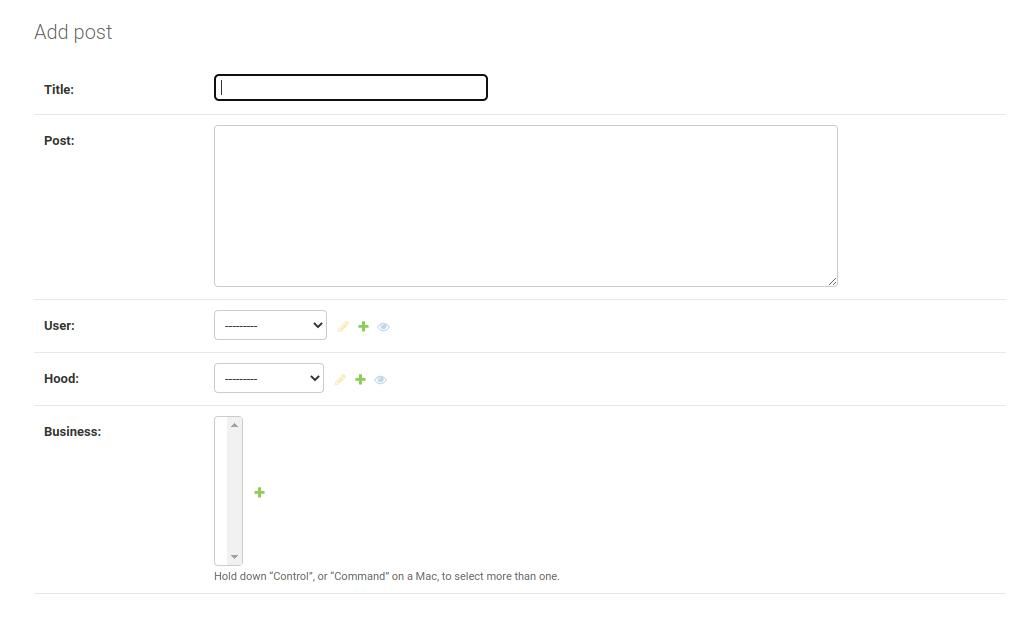
[ad_1]
A database relationship describes the connection between totally different database tables. The relations decide the right way to retailer and retrieve information. Django works effectively with relational database techniques (RDBMS). It, due to this fact, helps database desk relationships.
The forms of relationships rely on the necessities of your software and the information it fashions. Good relations between Django fashions and the database enhance information upkeep. That features bettering question efficiency and decreasing information duplication.
You possibly can learn the way Django database relationships have an effect on software efficiency by exploring the three important forms of relationship.
Database Relationships
Relational database techniques help three forms of database relationships. These relations are one-to-many, many-to-many, and one-to-one. The kind of database relation impacts your software’s use circumstances.
Django fashions symbolize database tables within the app. You should create good relations between tables to create database system. Database relations decide the right way to retailer and current information in your software.
To grasp database relations, begin by making a Django mission named Hoods. The app might be a neighborhood social community. It’ll handle varied neighborhoods’ social actions, safety, and companies.
Residents can register, sign up, and create profiles. They will additionally create posts and enterprise adverts for everybody to see.
To get began, create a database that can retailer all neighborhood information. Then, you’ll create the Profile, NeighborHood, Enterprise, and Put up fashions. To create the fashions, you need to decide the connection the database tables want.
One-to-One Database Relationship
A one-to-one relationship implies a report in a single Django mannequin pertains to one other report in one other mannequin. The 2 data rely on each other. On this case, the Profile mannequin is dependent upon the Person mannequin to create resident profiles.
So there can solely be one profile for every resident registered on the app. Additionally, with no person, a profile can not exist.
from django.db import fashions
from django.contrib.auth.fashions import Personclass Profile(fashions.Mannequin):
person = fashions.OneToOneField(Person, on_delete=fashions.CASCADE, related_name='profile')
title = fashions.CharField(max_length=80, clean=True)
bio = fashions.TextField(max_length=254, clean=True)
profile_picture = CloudinaryField('profile_picture', default='default.png')
location = fashions.CharField(max_length=50, clean=True, null=True)
electronic mail = fashions.EmailField(null=True)
def __str__(self):
return f'{self.person.username} profile'
Django’s Person mannequin is a built-in authentication mannequin in Django. You do not have to create a mannequin for it. As a substitute, import it from django.contrib.auth. The OneToOneField() on the Profile mannequin defines a one-to-one relationship.
The on_delete=fashions.CASCADE argument prevents the deletion of certainly one of these data. You should delete the data from each tables.
You need to use the Django admin interface to visualise the connection in your app. To log in to Django admin, you need to register as an admin person referred to as a superuser.
Create a superuser by working the next command on the terminal:
python handle.py createsuperuserThere might be a immediate to enter your username, electronic mail, and password. As soon as you’ve got completed so, begin the server.
Open the admin web page in a browser utilizing the URL http://127.0.0.1:8000/admin.
You will note the admin web page the place you’ll be able to log in with the credentials you created earlier. As soon as logged in, you will notice the Teams and Customers objects. The Django authentication framework manages these two fashions. On the backside, you will notice the Profile mannequin.
Open the Profile mannequin and proceed so as to add a profile. You will note it seems as follows:
Discover that you’ve got the choice to create a profile for a person. The OneToOneField() information sort means that you can create profiles for authenticated customers. That is how the app administers one-to-one relationships.
One-to-Many Relationships
A one-to-many relationship implies that one report in a mannequin associates with many data in one other mannequin. It’s also known as a many-to-one relationship.
In your case, one admin can create a number of neighborhoods. However every neighborhood can solely belong to at least one admin. You need to use the ForeignKey information sort to outline such a relationship.
Django has an in-built admin interface. You do not have to create a mannequin for it. The admin has the appropriate to handle content material and visualize the app from the admin panel.
The mannequin that accommodates many data could have the ForeignKey. It defines the connection as one-to-many. The code beneath exhibits the place to put the important thing.
class NeighbourHood(fashions.Mannequin):
admin = fashions.ForeignKey("Profile", on_delete=fashions.CASCADE, related_name='hood')
title = fashions.CharField(max_length=50)
location = fashions.CharField(max_length=60)
hood_logo = CloudinaryField('hood_logo', default='default.png')
description = fashions.TextField()
health_tell = fashions.IntegerField(null=True, clean=True)
police_number = fashions.IntegerField(null=True, clean=True)
Rely= fashions.IntegerField(null=True, clean=True)def __str__(self):
return f'{self.title} hood'
You possibly can see the connection on the app as illustrated within the image:
The NeighborHood mannequin now has an admin. For anybody to create a neighborhood, they should have admin rights. And one neighborhood can not have many directors.
Many-to-Many Database Relationships
In lots of-to-many relationships, many data in a single mannequin affiliate with others in one other. For instance, the Put up and Enterprise fashions can have a number of data of one another. Customers could make a number of enterprise adverts of their posts and vice versa.
Nevertheless, creating many-to-many relationships can result in inaccurate information. In different frameworks, you would need to create a brand new desk to hitch the 2 tables.
Django has an answer for this. Once you use the many-to-many discipline, It creates a brand new desk mapping the 2 tables collectively. You possibly can put the many-to-many discipline in both of the 2 fashions, nevertheless it shouldn’t be in each fashions.
class Put up(fashions.Mannequin):
title = fashions.CharField(max_length=120, null=True)
put up = fashions.TextField()
date = fashions.DateTimeField(auto_now_add=True)
person = fashions.ForeignKey(Profile, on_delete=fashions.CASCADE, related_name='post_owner')
hood = fashions.ForeignKey(NeighbourHood, on_delete=fashions.CASCADE, related_name='hood_post')
enterprise = fashions.ManyToManyField(Enterprise)def __str__(self):
return f'{self.title} put up'
Now, while you view the Put up mannequin on the admin panel, you’ll be able to connect a number of companies to at least one put up.
Django Simplifies Database Relationships
The kind of database you employ in your software determines the right way to harness information. Django has a complete system that makes connecting and working relational databases simple.
Django options make it simple to retailer and retrieve information from associated tables. It has in-built APIs that join and create database relations in your app.
Database relationships decide the conduct of your software. Whether or not you employ one-to-one, one-to-many, or many-to-many relationships is dependent upon you.
With Django, you’ll be able to configure and take a look at options with out breaking your software. Use Django to safe database techniques and optimize your developer expertise.
[ad_2]


